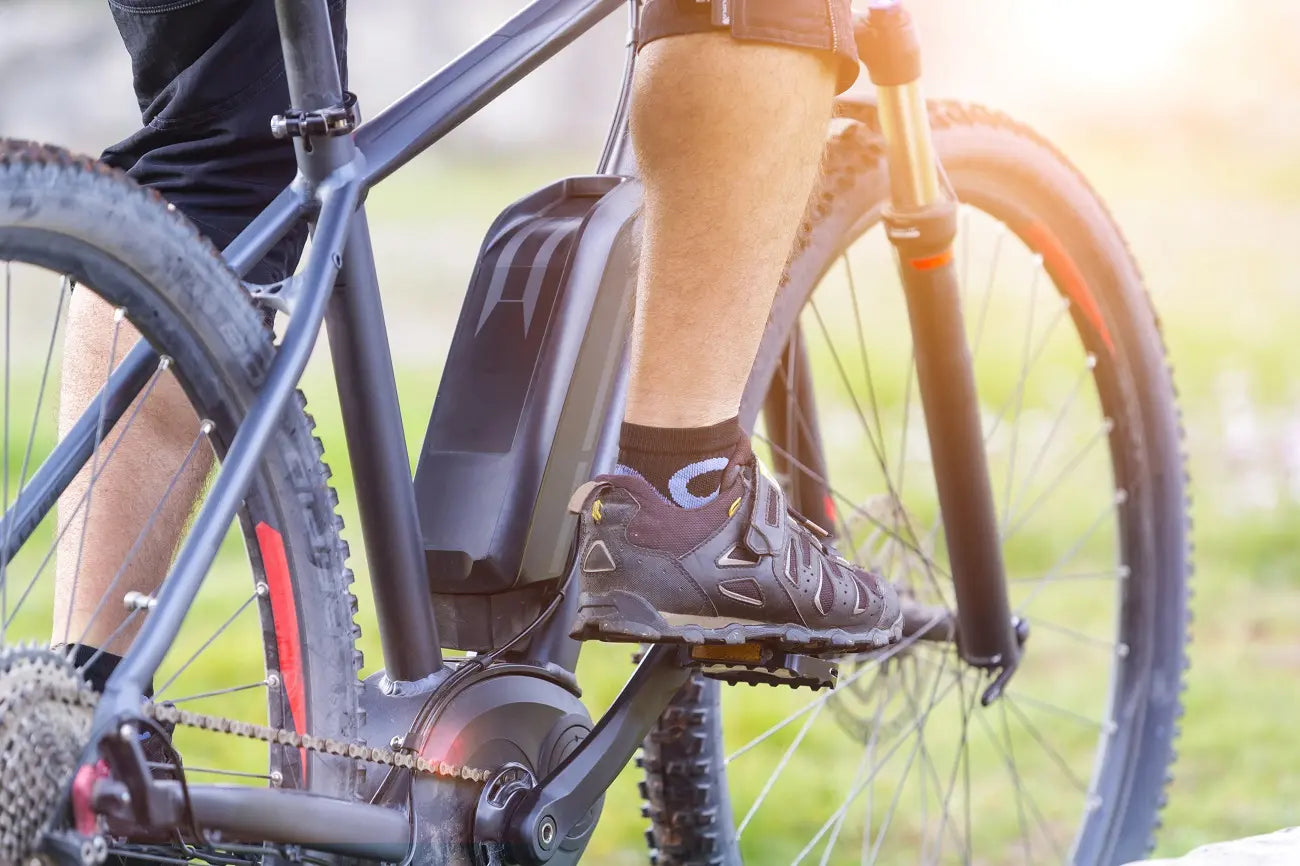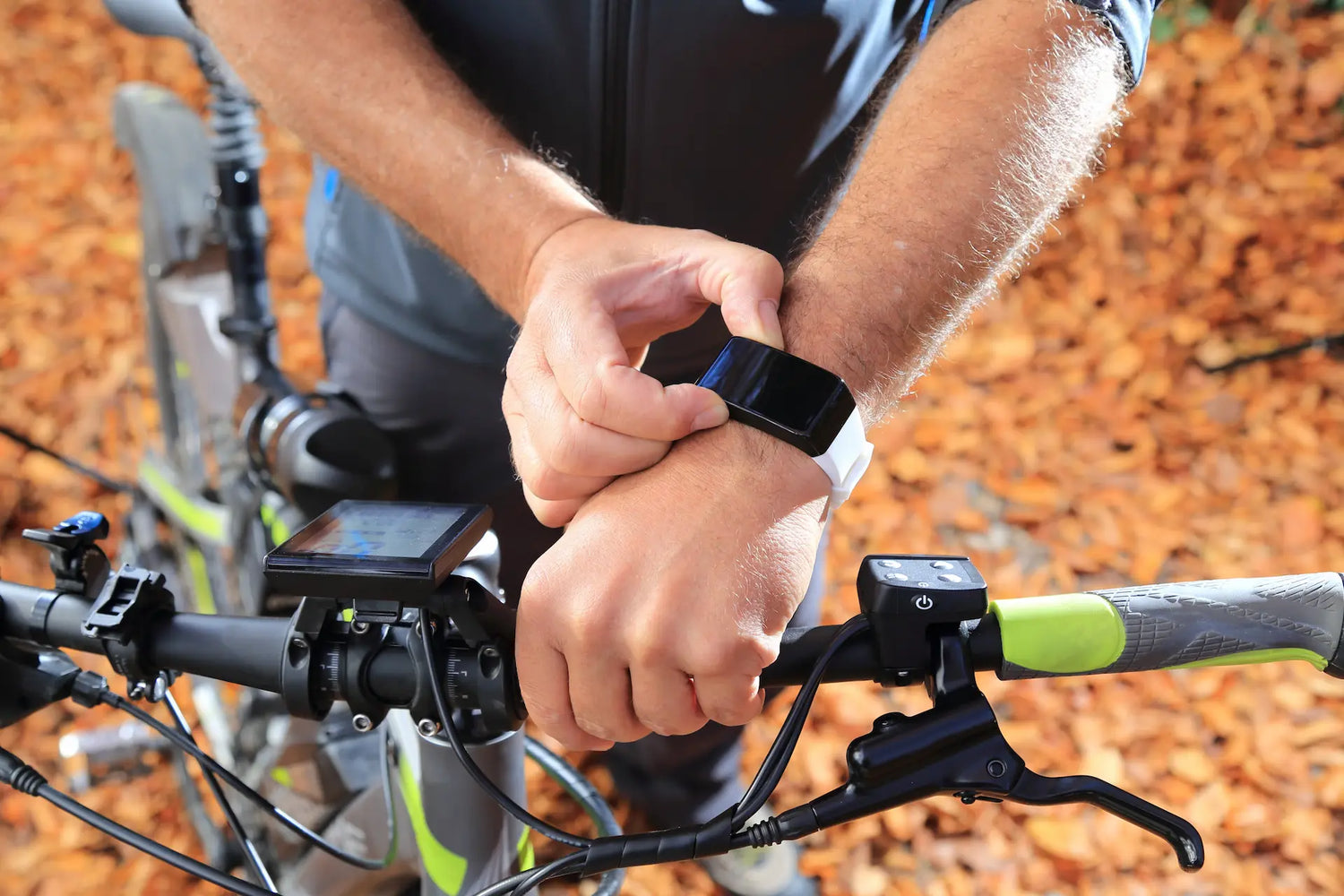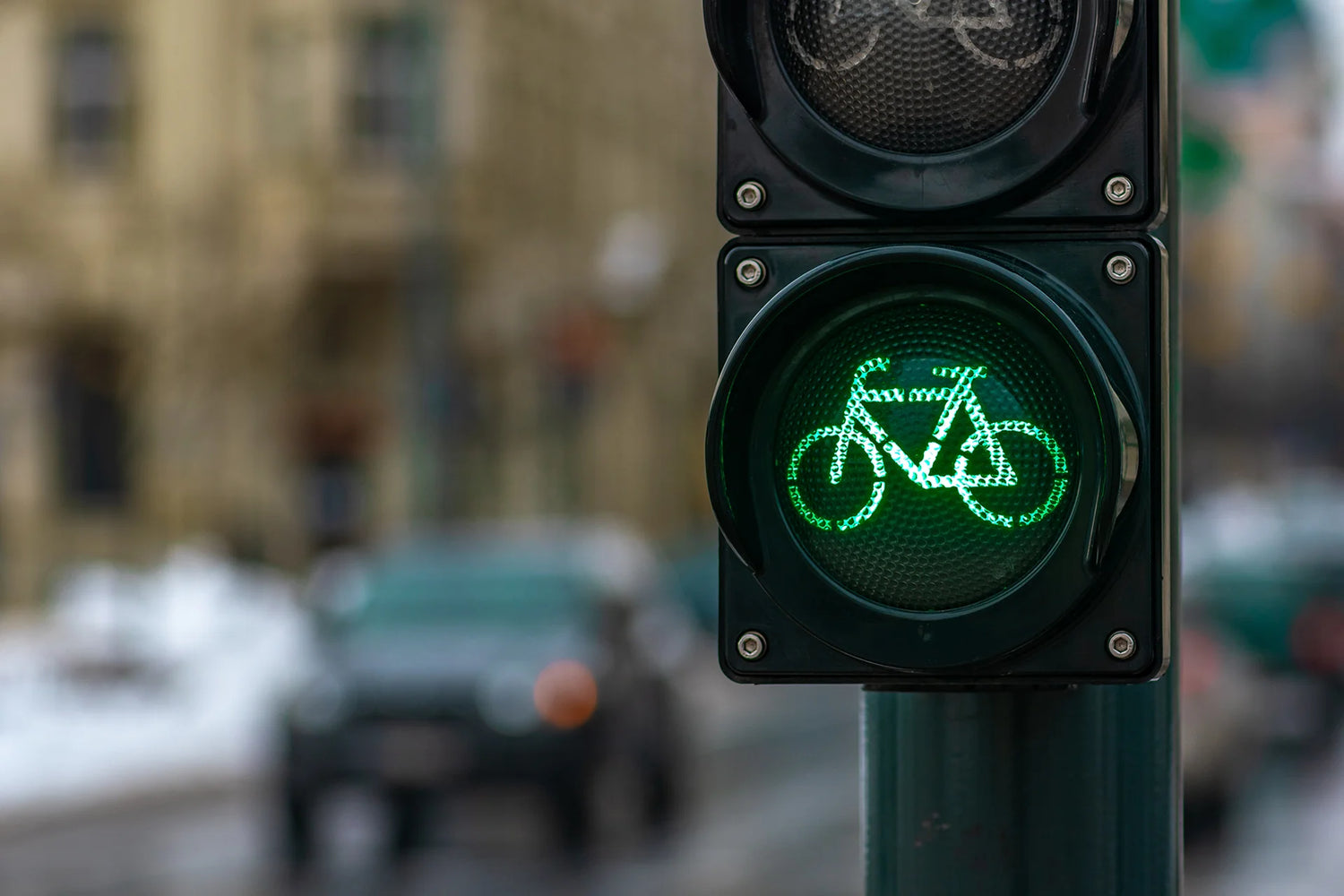
How Fast Can Ebike Go?
Updated: 01/12/24
Electric bikes, or ebikes, are becoming increasingly popular as a mode of transportation and for recreation. They offer a number of advantages over traditional bicycles, including increased speed and range, as well as reduced effort required to pedal. At RydyBikes, we’ve seen a lot of growing curiosity surrounding the speed capabilities of ebikes.
In this comprehensive outline, we delve into the various factors that influence an ebike's speed, from motor power and weight considerations to road types and legal regulations. Whether you're a seasoned rider or new to the world of ebikes, this guide will provide valuable insights into how fast ebikes go.
Factors that Affect an Electric Bike’s Maximum Speed
Several factors can affect the maximum speed of an electric bike, including:
- Motor Power: The beating heart of an ebike, the motor, dictates its speed potential. Measured in watts, higher-wattage motors provide more power, enabling faster speeds.
- Weight of the Ebike and Rider: Physics plays a role in ebike speed. The combined weight of the ebike and the rider affects how quickly it can accelerate and reach top speeds. A lighter load requires less power to overcome inertia and zip down the road.
- Type of Road: The surface beneath your wheels matters. Ebikes are optimized for paved roads, where they can comfortably reach their maximum speeds. However, if your journey takes you off-road onto gravel trails, expect a decrease in speed due to the terrain's unevenness.
Understanding these factors can help you choose the right ebike for your needs, whether you're seeking thrilling speed on the open road or a more leisurely pace on varied terrains.
Electric Bikes Class

Electric Bike max speed also depends on its class, which determines its motor power and top speed. Let's delve into how the speed of ebikes varies across these three primary classes:
- Class 1 Ebikes: With a motor power of up to 250 watts and a top speed of 20 mph (32 km/h) when using pedal assist, Class 1 ebikes offer an enjoyable and eco-friendly way to commute. These ebikes are perfect for riders who seek moderate speeds while maintaining an active role in pedaling.
- Class 2 Ebikes: Sharing the same motor power as Class 1 ebikes, up to 250 watts, Class 2 ebikes grant you the flexibility of reaching a top speed of 20 mph (32 km/h) with or without pedal assistance. This category caters to riders who appreciate the option to let the motor do the work or pedal for an extra workout.
- Class 3 Ebikes: If you crave more power and speed, Class 3 ebikes deliver with a motor power of up to 750 watts and a top speed of 28 mph (45 km/h), again allowing for pedal-free cruising or an extra push from your legs. These ebikes are ideal for those looking for a swifter and exhilarating ride.
Understanding the distinctions between these ebike classes will help you choose the one that best aligns with your desired speed, preferences, and local regulations, ensuring a tailored riding experience that suits your needs.
Here are some additional things to consider when choosing an ebike class:
- Range: Class 1 and Class 2 ebikes typically have a longer range than Class 3 ebikes due to their lower motor power.
- Weight: Class 3 ebikes are typically heavier than Class 1 and Class 2 ebikes due to their more powerful motors.
- Price: Class 3 ebikes are typically more expensive than Class 1 and Class 2 ebikes.
Pedal Assist Motor

A pedal assist motor is a type of electric motor that provides power to an ebike when the rider pedals. The motor is typically mounted on the bottom bracket or rear hub of the bike, and it is powered by the ebike's battery.
The amount of speed boost provided by the motor depends on the motor power, the rider's pedaling input, and the level of pedal assist selected.
For example, a powerful pedal assist motor can help an ebike reach speeds of up to 28 mph (45 km/h). This is much faster than the top speed of a traditional bicycle, which is typically around 20 mph (32 km/h).
Most pedal assist motors have multiple modes of operation, such as eco, sport, and turbo. Each mode provides a different level of pedal assistance. Eco mode provides the least amount of assistance, while turbo mode provides the most amount of assistance.
Riders can switch between modes using a handlebar-mounted controller. The best mode to use depends on the rider's needs and preferences. For example, eco mode is a good choice for riders who want to conserve battery life, while turbo mode is a good choice for riders who need extra power to climb hills or accelerate quickly.
However, take note that using a pedal assist motor will reduce an ebike's battery life and range. The amount of battery life and range reduction depends on the motor power, the level of pedal assistance selected, and the rider's pedaling input.
Electric Bike Legislation - Speed Limits

Ebike legislation regarding speed limits is a crucial aspect to consider when you're hitting the road on your electric bike. These regulations can vary significantly by country, region, and even within different states or municipalities. In the United States, the federal standard sets the speed limit for an electric bike at 20 mph (32 km/h), but it's vital to note that individual states and localities may impose lower speed limits.
The E-Bike Speed and Range Trade-Off
The speed and range of electric bikes (e-bikes) are intertwined in a delicate trade-off that riders must consider. It's a fundamental principle in ebike engineering: more powerful motors and larger batteries equate to greater speed and extended range. With the extra power at their disposal, these ebikes can easily reach higher speeds and cover longer distances, making them appealing choices for those with a need for speed or longer commutes.
Yet, there's a caveat to this equation. The very elements that grant ebikes their superior performance — powerful motors and larger batteries — also introduce additional weight to the equation. As weight increases, the ebike's top speed may be compromised, and the range might suffer as well. It's a delicate balancing act that manufacturers carefully navigate, seeking to strike the perfect equilibrium between power, weight, speed, and range.
How Fast Can RydyBikes Go?
The speed of ebikes is typically between 20 and 25 mph, depending on the battery charge level and other factors. This offers a versatile and efficient mode of transportation, allowing riders to reach their destinations swiftly while enjoying the benefits of electric assistance. At RydyBikes, we understand the significance of both speed and convenience in your daily commute.
Our range of ebikes caters to various preferences, ensuring that you can find the perfect balance between speed, style, and sustainability. Whether you're navigating urban streets or exploring scenic routes, RydyBikes has the ideal electric bike to complement your lifestyle. Say goodbye to gas expenses and hello to the freedom of riding. Experience the future of commuting with RydyBikes today!
Shop For E-Bikes & Accessories
SHOP NOW
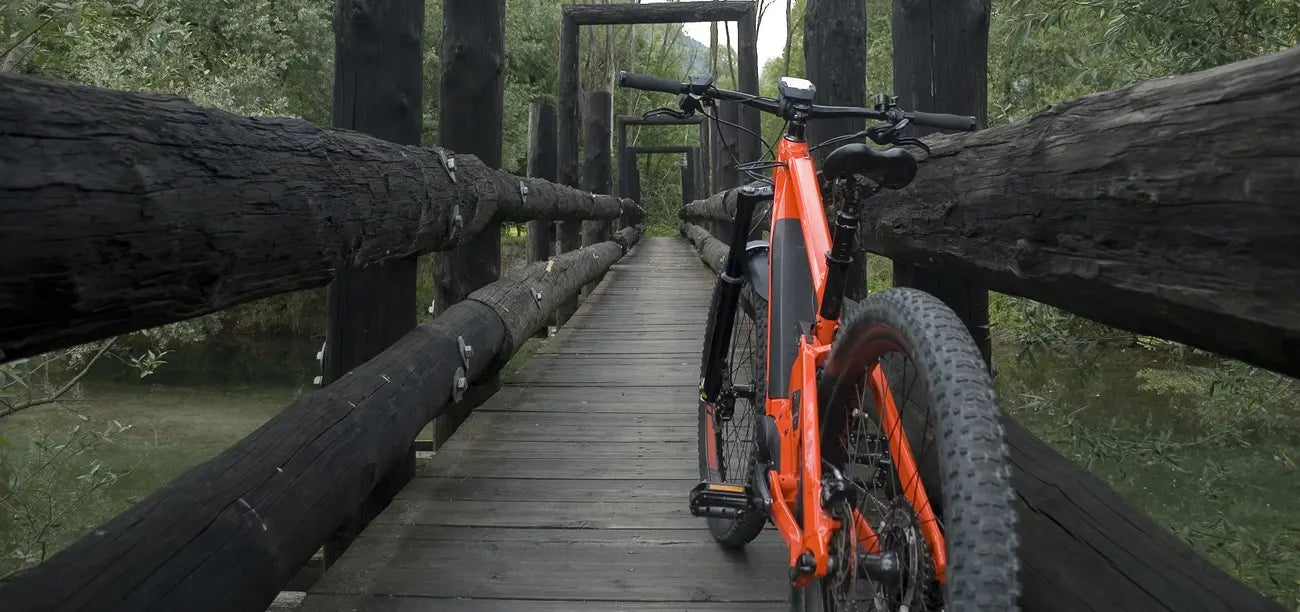
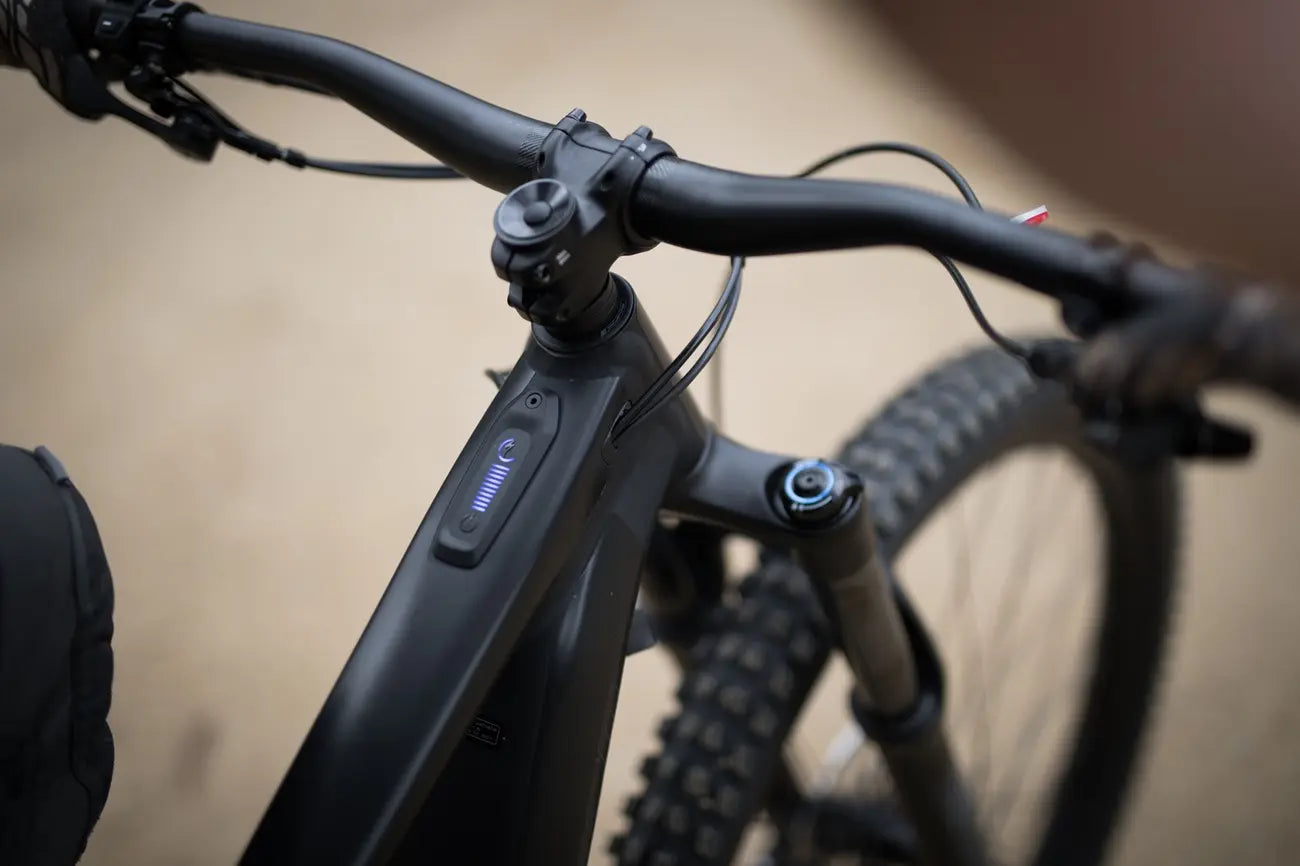
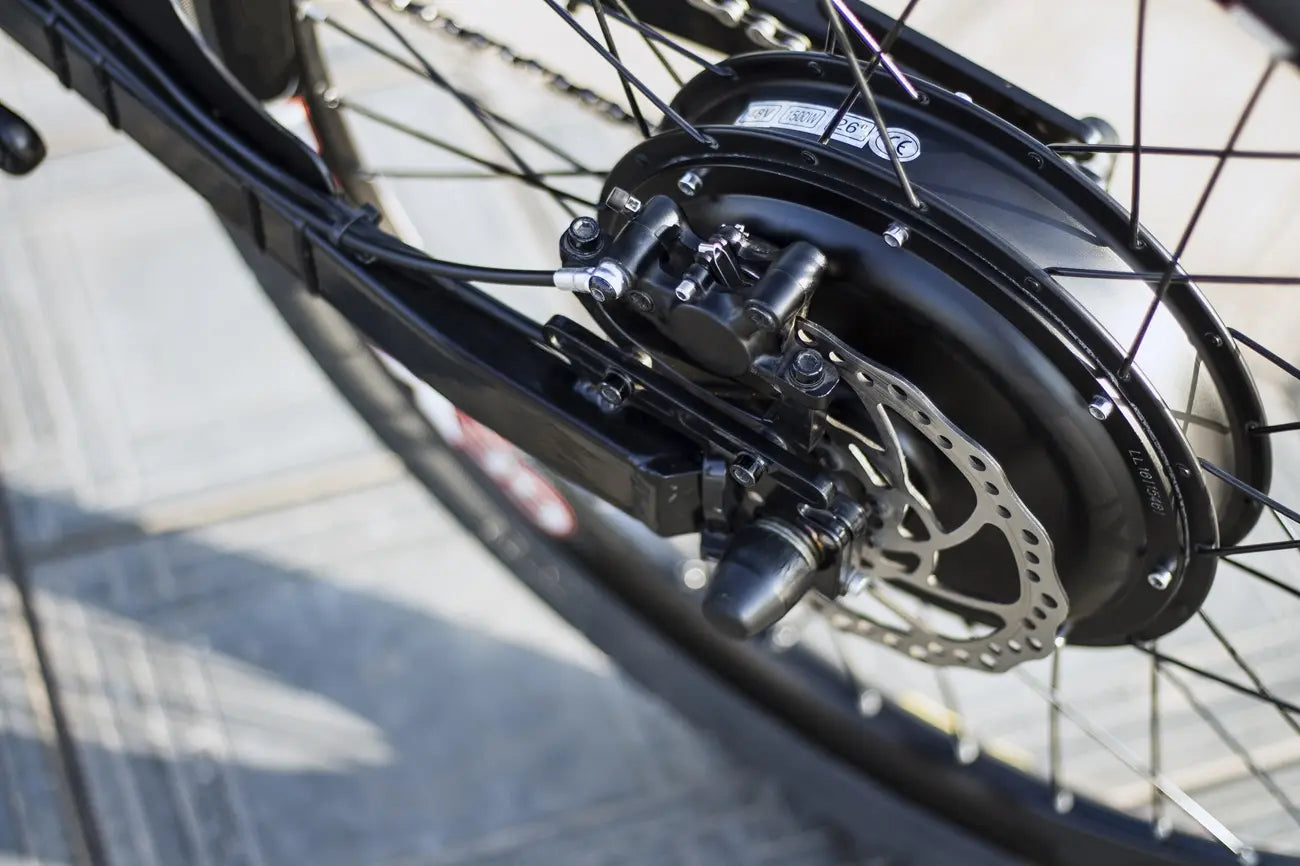
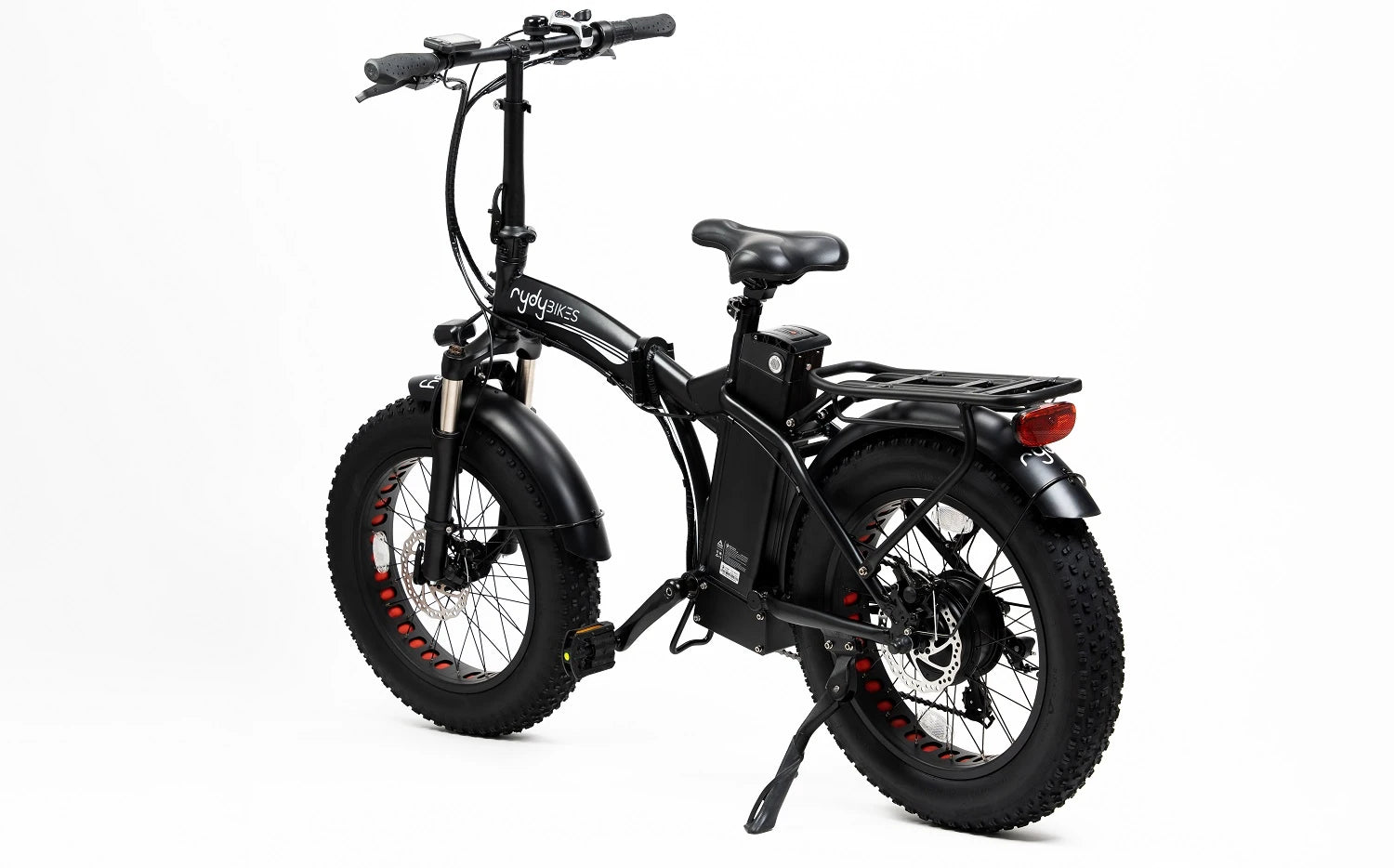


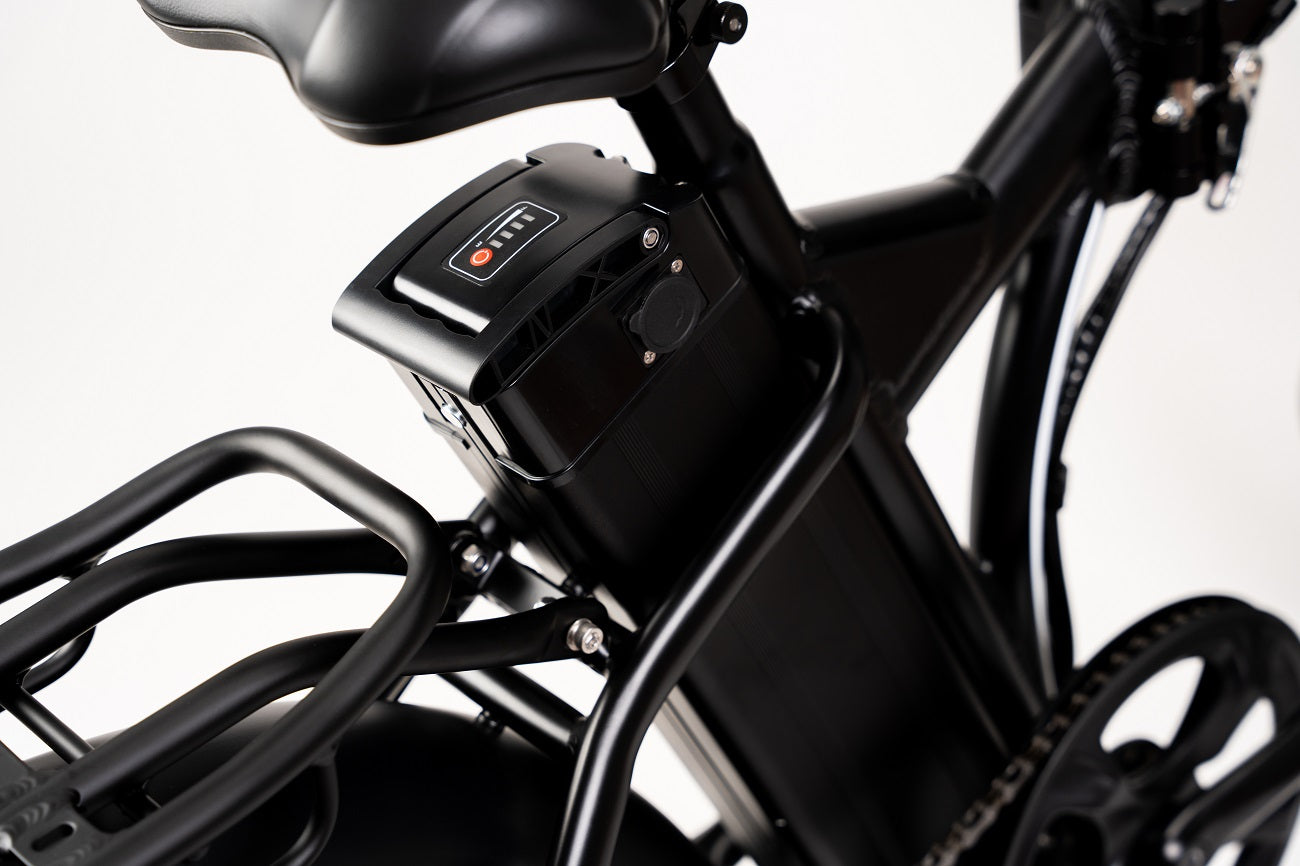



![E-Bike Tax Credit Bill: All You Need to Know About Electric Bicycle Incentive Kickstart Act [2023]](http://rydybikes.com/cdn/shop/articles/e-bike-tax-credit-bill-all-you-need-to-know-about-electric-bicycle-incentive-kickstart-act-2023.webp?v=1695716182&width=1500)
